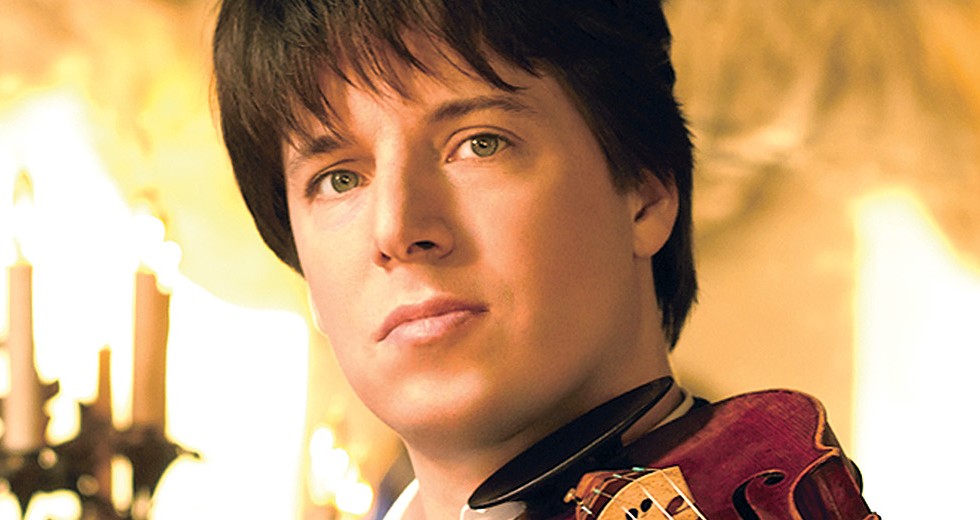
It’s hard to believe that it has been nearly a quarter century since violin wunderkind Joshua Bell rose to prominence, electrifying audiences and critics alike with concerts and recordings of the core Romantic repertoire.
His debut with the Chicago Symphony Orchestra in 1998 occurred not at Orchestra Hall, but at Ravinia in Highland Park. By the time he appeared again the following year with the American Soviet Youth Orchestra and conductor Leonard Slatkin, he was well on his way to conquering nearly every world musical capital.
In the intervening years, Bell’s musical interests have bloomed beyond a handful of standard concertos to include an expansive repertoire and far-flung collaborations with artists in a wide range of styles. While his 10 appearances at Ravinia have given local fans a chance to sample many of these explorations, his July performance will be a reminder of the early triumphs that began in Bloomington, Ind., where Bell was born, grew up and began his musical studies.
After a two-year absence from Ravinia, Bell returns to perform Bruch’s Violin Concerto No. 1 on July 26 with the CSO under James Conlon in Ravinia’s annual gala benefit concert. The work has long been a central part of his repertoire, beginning with his first concerto CD, produced at the tender age of 18, and his Carnegie Hall debut with Slatkin and the St. Louis Symphony the same year. Five years ago he performed the same concerto with the CSO on the legendary 1741 “Vieuxtemps” Guarneri del Gesù, on loan from the Stradivari Society of Chicago and now in the hands of violinist Anne Akiko Meyers.
“For any violinist, it’s one of the core pieces in the repertoire, and for very good reasons,” Bell says of the Bruch concerto. “It’s a great piece of music, and it’s one that I never tire of. The way I play it now is quite different from that early recording. I put it down for a few years after I played it so much in my youth. When I came back to it years later, I wanted to rediscover it. Now I play it every year, and I never tire of it. I have more fun with it now, particularly the last movement, where I now try to bring out more of its gypsy elements. I tend to see music more freely and less rigidly now than when I was young. I find the slow movement of the Bruch very profound, and I understand the line of the music much more now.”
For the complete interview, written for Ravinia’s magazine, go to ravinia.org.